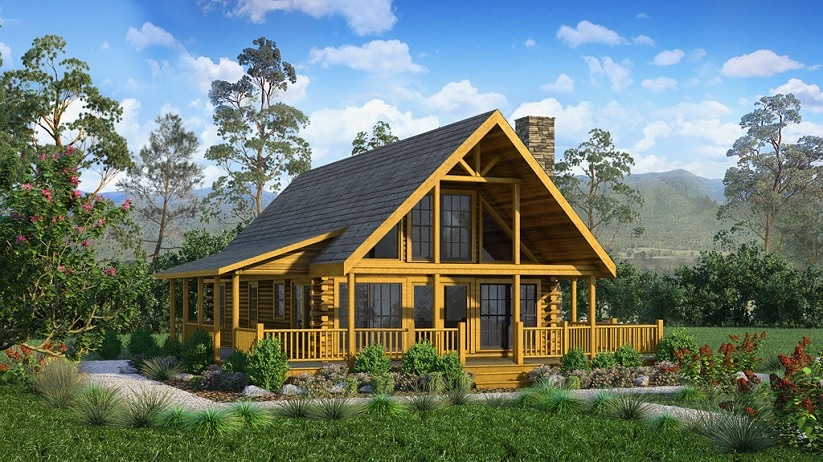
5 Important Things to Think About Before Purchasing a Log Cabin Kit
A log cabin kit is an excellent option for anyone who wants some input into their home design and builds but wants to save money. However, it is essential to consider all of the costs associated with the kits before deciding to invest in one.
First, you must determine the shell package’s overall cost or ‘turn-key’ cost.
Quality
A good log cabin kit company will provide you with a high-quality product crafted to last. This is why you should always check whether they are registered with a Log Home Building Association or Home Builders’ Association. Companies that seek to accredit themselves can be trusted a little more. Do your research of your own too. Frontier Log Homes is well rated and reputable company you won’t see on many lists, but is no less capable of taking your breath away.
In addition, a reputable company will offer a warranty and maintenance program. This will ensure that you will get the most out of your investment.
A log cabin is a beautiful living space that is both aesthetically pleasing and practical. Its adaptability also means it can be built on a small plot of land without heavy equipment, thus minimizing the impact on the ecology. Furthermore, the use of natural wood materials helps your home retain heat. This will ensure that your living costs will be reduced over time.
Size
You’ve been dreaming of owning a log cabin for years and are finally ready to make that dream come true. You’ll have to spend money to turn your vision into reality, but if you shop carefully, you can save some of that cash.
Many log kit manufacturers smooth their logs, turning them into uniform “cookie cutter” pieces that are easier to assemble. But this process can strip the records of their natural defenses against rot and insects.
Some log home manufacturers offer walls-only kits, a frame with the doors and windows already in place. These kits can be cheaper than full-home packages, but you’ll have to complete the interior finishes yourself. Set aside enough money to buy a high-quality stain pretreated or infused with insect repellants and fungus control agents.
Design
When choosing a kit, knowing precisely what you’re getting is essential. Some companies offer a “shell only” package that includes the logs, while others provide everything you need to build a finished cabin, including flooring and roofing.
Most companies that sell kits use milled logs, which may require less labor than handcrafted options. However, they also tend to cost more than natural-felled logs because of shipping and freight costs.
The region from which you purchase a kit can play an essential role in the price, as can how close to the site you want to build. This is crucial in how you power your home and where your septic waste is disposed of, among other things. Many of these factors may seem minor, but they add up and can drastically increase your final build costs.
Materials
Many different materials go into a log cabin kit. The most crucial factor to consider is the type of wood used. Some companies use kiln-dried logs, which are quick to dry, while others use natural, bespoke logs that take longer to dry.
The roof structure is also a significant cost factor for log cabin kits. Depending on the design, some roofs are more challenging to construct than others. If you’re building a complex roof, you must invest in the necessary tools and supplies.
You’ll need to invest in tarps or shelters to protect your materials from the weather, ladders, hammers, tape measure, a power drill, utility knives, and more. Be sure to calculate these additional costs into your budget.
Installation
Log cabin kits are often more affordable than hiring a contractor to build your home. They are also more energy-efficient due to the breathing yet tight walls that help save energy by storing and releasing heat as needed.
The type of wood used will also impact the cost. Cedar, for example, is more expensive than pine because it grows slower and has a more appealing aesthetic and design options.
You will also need to decide how your cabin will be built, whether you’ll connect to utilities or go off-grid, and where your water will come from (a well, spring, pond, etc). When deciding on a package, consider all these costs in your budget. Finally, remember to account for delivery costs and sales tax.
